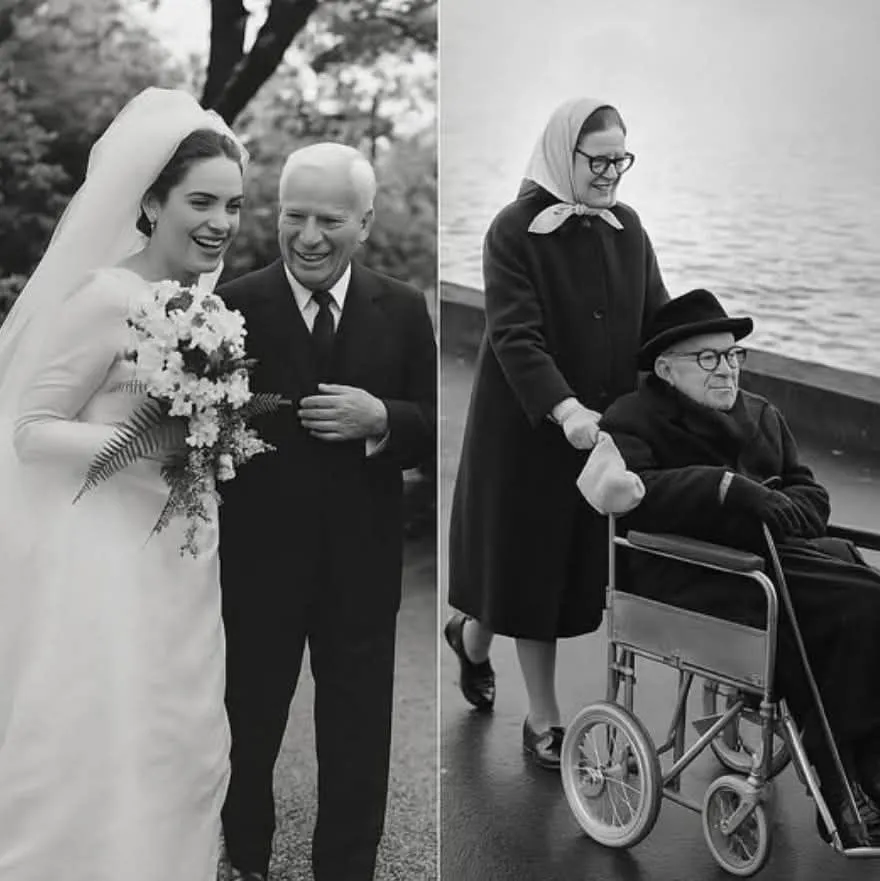Your Home Is Your Reflection: Why Clearing Clutter Transforms Your Life 921

A home is more than walls, windows, and furniture. It is the space where you rest, create, love, and heal. And whether you realize it or not, it reflects who you are. Walk into a home filled with chaos, clutter, and dust, and the atmosphere speaks for itself. It carries a heaviness, a stagnant energy that weighs on everyone who enters.
A dirty or cluttered home is not a happy place to live in. It radiates negative energy, seeping into the moods and minds of those inside. Over time, this energy begins to shape daily life, silently influencing emotions, thoughts, and even ambitions.
Clutter is not just physical; it is symbolic. Piles of things left unattended, objects without purpose, and spaces filled with “just in case” items block movement—not only through the rooms, but through your path in life. The more things pile up, the more difficult it becomes to move forward.
The stress of searching for lost objects, of navigating mess every day, is real. It creates frustration, fuels anxiety, and clouds the mind. Living in a cluttered home can lead to confusion and even sadness, draining the spirit of joy and clarity.
This is why letting go is so important. Throwing away, recycling, or donating what no longer serves you brings fresh energy into your space. It’s not only about having a clean home; it’s about giving yourself room to breathe, grow, and welcome new opportunities.
Your home reflects your life. When you surround yourself with things that uplift and inspire you, your life mirrors that same energy. When your home is weighed down by what is old, broken, or unnecessary, your life feels stuck too.
And this principle applies to every part of existence. Physical clutter mirrors spiritual stagnation. Emotional baggage piles up just like unopened boxes in the corner. Professional growth can stall when you’re surrounded by disorganization. Even family and social relationships can feel the effects of a heavy, cluttered environment.
That is why renewal is essential. Cleaning, clearing, and consciously choosing what belongs in your home is a powerful ritual. It is not only tidying up—it is reclaiming your energy, declaring that you deserve spaces filled with love, not with junk.
Letting go doesn’t mean loss. It means creating space for something better. By releasing what no longer serves you, you invite in what is aligned with the person you are becoming.
Do not accumulate useless things. Each item you own carries energy, and too much of what is unnecessary only clutters your path. Ask yourself: does this object bring me joy? Does it hold meaning or value in my life today? If the answer is no, it is time to release it.
Remove from your home everything that does not add value. Free yourself from what ties you to the past or weighs you down. Surround yourself with objects, memories, and energies that support your growth and happiness.
This practice goes beyond minimalism. It is about intentional living—choosing not just how your home looks, but how it feels. Your home should be your sanctuary, a place that nurtures you and reflects the best of who you are.
When you clear your home, you clear your mind. When you open space in your rooms, you open space in your heart. When you allow fresh energy into your environment, you allow fresh opportunities into your life.
You are your home. The state of your environment is not separate from you—it is an extension of you. If your home is chaotic, you feel chaotic. If your home is peaceful, you feel peace.
As your home is, so are you. Every item, every corner, every choice echoes into your daily life. By honoring your space, you honor yourself. By clearing the old, you make space for the new.
In the end, decluttering is not about what you lose. It is about what you gain: freedom, clarity, and harmony. Your home is your reflection—so let it reflect the very best of you.
A Love That Defied Time: Charlie Chaplin and Oona O’Neill 140


He was 54. She was 18. A 36-year gap separated them, a span that might have seemed insurmountable to the outside world. Yet, something far deeper bridged the space between Charlie Chaplin and Oona O’Neill — understanding, laughter, and an undeniable spark that could not be measured in years.
When Charlie, the world-famous actor, comedian, and filmmaker, proposed to young Oona, he framed it in a poetic, almost solemn way. He said, “Marry me so I can teach you how to live, and you can teach me how to die.” It was a declaration both tender and heavy with the weight of his experience. But Oona, wise far beyond her years, smiled gently and offered a subtle correction: “No, Charlie. I’ll marry you so you can teach me how to grow up and enjoy life, and I’ll teach you how to stay young — until the very end.” In that moment, a partnership was born — one built not on age, fame, or circumstance, but on mutual growth and joy.
Their marriage would span 34 years, a lifetime of shared experiences, triumphs, and trials. Together, they raised eight children, nurturing them in a home filled with creativity, laughter, and love. Oona became not just a wife, but a steady presence in the whirlwind of Charlie’s fame, an anchor in a life lived constantly in the public eye.
The world knew Charlie Chaplin as a cinematic genius, the man who could evoke tears and laughter in the same scene. Yet behind the camera and away from the spotlight, Oona was his confidante, his moral compass, and the companion who reminded him that life’s joys could still be found in the simplest moments — a quiet morning together, a shared joke, the warmth of family dinners. And Charlie, in turn, opened a world of wonder and play to her. He showed her the freedom of creativity, the thrill of laughter, and the courage to embrace life fully.
They faced challenges that might have shaken a lesser bond. Fame brought scrutiny, and exile from the United States threatened their peace. Yet, through it all, they remained steadfast, a team united by love and shared understanding. Time, with its inevitable changes, never diminished the spark between them. Charlie’s hair turned white, and Oona’s youthful energy remained, a gentle reminder that the heart’s vitality can transcend the physical.
When Charlie took his final breath, Oona was by his side. She was not merely a widow in that moment, but the soul who had kept him young, whose laughter had softened his anxieties, whose presence had sustained him through life’s many storms. Their love had been a conversation of hearts — quiet, profound, and enduring. It had been a partnership of growth, trust, and the joy of being fully known by another.
Their story was not merely about a man and a woman in love. It was proof that age is often irrelevant when hearts connect. Love does not follow clocks or calendars; it follows understanding, laughter, mutual care, and the courage to grow together. Sometimes, your person is not the same age as you. Sometimes, they are simply the same home for your heart.
Charlie Chaplin and Oona O’Neill remind us that a deep connection can transcend years, fame, and circumstance. It is a love measured not in decades but in the depth of presence, in the joy of companionship, in the shared moments that define a lifetime. Their legacy is not only in films or fame but in the simple truth that love, at its best, teaches us how to live, how to stay young, and how to grow — together.





